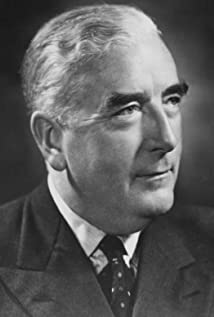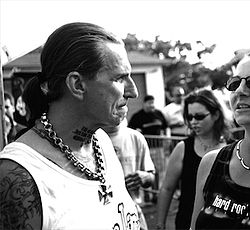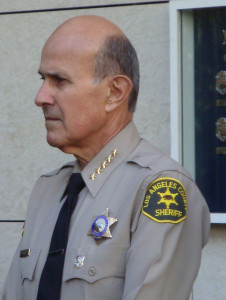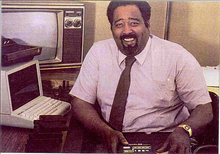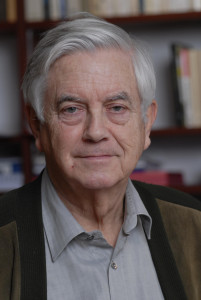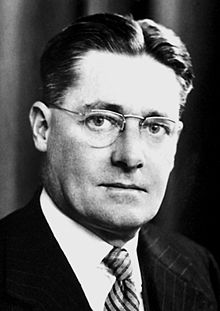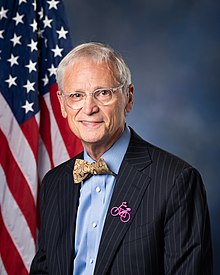Robert Gordon Menzies
Popular As Bob, Ming the Merciless, Pig Iron Bob
Birthday December 20, 1894
Birth Sign Sagittarius
Birthplace Jeparit, Colony of Victoria
DEATH DATE 1978-5-15, Malvern, Victoria, Australia (83 years old)
Nationality Australia
Height 6' 2" (1.88 m)
#22142 Most Popular


